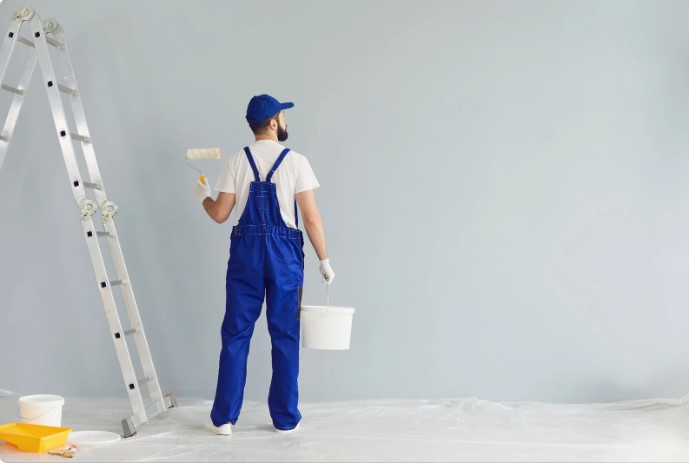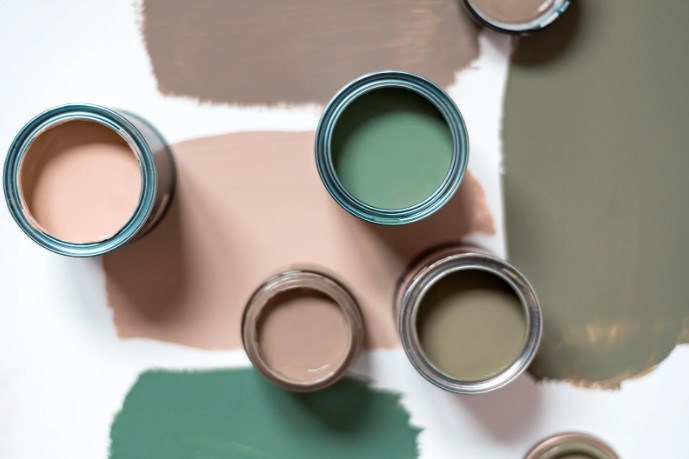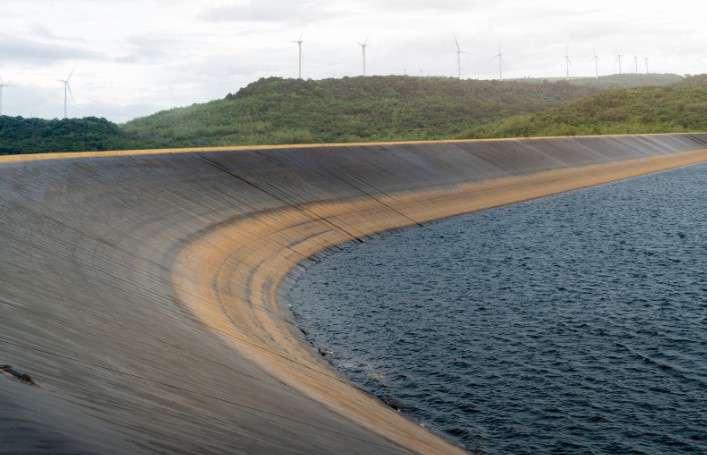Calculating how much paint you need before starting a renovation project can save money, prevent waste, and ensure a professional-looking result. Many homeowners and DIY enthusiasts in Kazakhstan face the challenge of estimating the right amount, especially when working on private houses, summer cottages, or apartments. With a few simple calculations and careful planning, you can avoid unexpected shortages or buying excessive supplies. Reliable sources such as kraska.kz can provide guidance on paint types and coverage, further ensuring you make informed decisions from the outset.
Understanding Surface Area: The Foundation of Paint Calculation
To determine the amount of paint required, first calculate the total surface area you plan to cover. Accurate measurement of your walls and ceilings is essential for both interior and exterior painting projects. Begin by measuring the length and height of each wall. Multiply these dimensions to get the square meters of each surface, then sum them for the total area to be painted.
Subtract the surface area of windows and doors, as these elements do not need paint. Standard doors are typically around 2 square meters, and windows vary but are often 1–1.5 square meters each. Precise subtraction ensures your calculations reflect only the surfaces that require painting.
For rooms with irregular shapes, divide complex areas into rectangles or triangles, measure each separately, and add the results together. Don’t forget to consider ceilings, alcoves, or niches if they are to be painted as well.
Thickness and texture also impact paint requirements. Rough, unprimed plaster or brick absorbs more paint, while smooth, primed walls require less. Always factor surface preparation into your calculations—applying a primer can reduce overall paint consumption and yield better results.
Factoring in Paint Coverage, Coats, and Surface Type
Every paint product lists its theoretical coverage, usually in square meters per liter. However, actual coverage can be lower depending on surface condition, color changes, and application method.
Calculating True Coverage
Manufacturers typically state a coverage range—for example, 8–12 m² per liter. Always use the lower number for conservative estimates. Determine whether a single coat will suffice or if two or more will be necessary; repainting over a dark color with a light shade, or vice versa, often requires multiple coats.
For detailed painting jobs such as textured walls, rough concrete, or wood paneling, expect 10–20% higher consumption than on smooth surfaces. If you plan a major color transformation, increase the estimate accordingly.

Example Calculation
Consider a living room with four walls 4 meters long and 2.5 meters high, with one door (2 m²) and two windows (1 m² each).
- Wall area: 4 walls × 4 m × 2.5 m = 40 m²
- Subtract windows and door: 40 m² – 2 m² – 2×1 m² = 36 m²
- Ceiling (optional): 4 m × 4 m = 16 m² (if painting)
- Total area: 36 m² (walls) + 16 m² (ceiling) = 52 m²
If your paint covers 10 m² per liter and you plan two coats: 52 m² × 2 = 104 m² total coverage needed 104 m² ÷ 10 m²/liter = 10.4 liters
Round up to 11 liters to ensure adequate supply, accounting for absorption and wastage.
Additional Factors
- Primer: Using a primer improves coverage, especially on new or repaired surfaces.
- Application tool: Brushes and rollers tend to require more paint than sprayers.
- Paint type: Matte, glossy, and specialty paints may have different coverage rates.
Step-by-Step Guide: Calculating Paint for Your Project
Follow these steps to determine how much paint you need:
- Measure the length and height of each surface to be painted.
- Multiply length by height for each wall, add areas together.
- Subtract the area of doors and windows.
- Add ceiling or extra surfaces as needed.
- Multiply the total area by the number of coats planned.
- Consult the paint can for the recommended coverage (m² per liter).
- Divide the total area by coverage; round up to the nearest liter or can size.
- Adjust for rough or absorbent surfaces by increasing the estimate by 10–20%.
- Tip: Always purchase a little extra to account for future touch-ups or repairs.
Common Pitfalls and How to Avoid Them
Mistakes in paint estimation often result in wasted time and money. Here’s how to sidestep common errors:
- Ignoring the need for multiple coats: Always plan for at least two coats unless using a high-coverage product on an ideal surface.
- Neglecting surface preparation: Unprimed or dirty walls absorb more paint. Prime and clean before painting for best results.
- Relying on rough guesses: Exact measurements are crucial—eyeballing leads to under- or overbuying.
- Disregarding paint loss: Spills, absorption, and evaporation mean you’ll always use slightly more than the calculation suggests.
- Overlooking color transitions: Drastic color changes increase the number of required coats.
By methodically addressing these points, you ensure smooth progress and a flawless finish.

Making Informed Decisions for Quality Results
Accurate paint calculation is a skill that streamlines renovation, eliminates waste, and delivers professional outcomes for any home improvement project. Whether tackling the walls of a new apartment or updating your summer cottage, careful planning and attention to detail help you work efficiently and achieve a lasting result.








+ There are no comments
Add yours